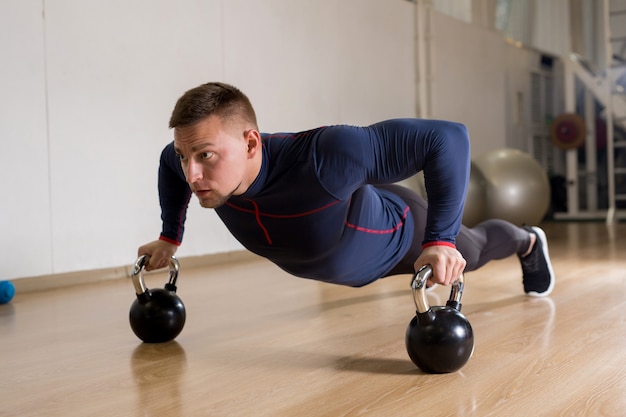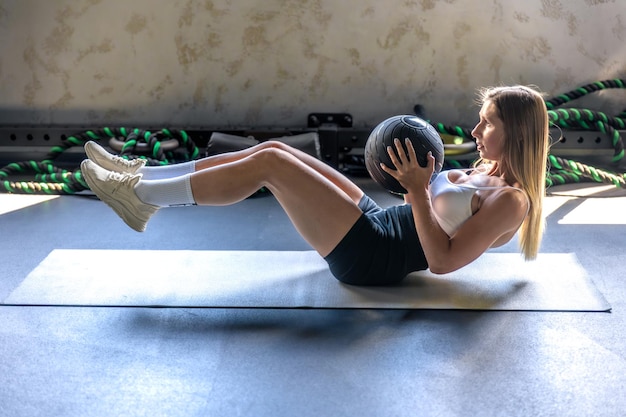Balancing lectures, assignments, and social life leaves little time for fitness—especially long gym sessions. But what if you could boost your energy, improve focus, and stay in shape with just 15 minutes a day? High-Intensity Interval Training (HIIT) makes this possible, and it’s perfect for students.

HIIT involves short bursts of intense exercise followed by brief recovery periods. A typical session might include 30 seconds of sprinting or jumping jacks, followed by 30 seconds of walking or rest—repeated for 10 to 15 minutes. Despite its brevity, research shows HIIT improves cardiovascular health, burns fat efficiently, and increases insulin sensitivity.
For students, this means better stamina for long study sessions, improved mood, and even enhanced memory—all backed by science. Studies have found that just a few minutes of high-intensity exercise can trigger metabolic changes similar to much longer moderate workouts.
Time is your most limited resource as a student. The good news? You don’t need hours. A 2016 study published in the Journal of Physiology found that 10 minutes of HIIT (including warm-up and cool-down) performed three times a week led to significant fitness gains over six weeks.
By focusing on intensity rather than duration, HIIT maximizes calorie burn during and after the workout—a phenomenon known as excess post-exercise oxygen consumption (EPOC), or the 'afterburn effect.'
No equipment? No problem. This bodyweight routine can be done in your dorm, dorm hallway, or campus green space.

Consistency beats intensity. The key to success isn’t doing the hardest workout—it’s showing up daily. Link your HIIT session to an existing habit, like brushing your teeth in the morning or taking a study break at 3 PM.
Just like a simple gratitude practice while brushing your teeth can add years to your life, a 15-minute movement habit can transform your energy and focus. Anchor your workout to a daily trigger: after your morning coffee, before dinner, or during a mid-evening break.
While HIIT is efficient, it’s intense. Always prioritize form over speed to prevent injury. If you feel pain (not to be confused with muscle fatigue), stop and reassess.
Listen to your body. If you’re overly fatigued or stressed, opt for a lighter session or active recovery like walking. Hydration and sleep are critical—especially when juggling workouts and academics.
You don’t need a gym membership or hours of free time to stay fit. With just 15 minutes a day, HIIT can help you build resilience, improve concentration, and support long-term health. Like any good habit, it starts small—but the benefits grow fast.
Start today. Your future self will thank you.

Fitness

Fitness

Fitness

Fitness

Wellness

Fitness

Wellness

Fitness

Fitness

Fitness

Fitness

Fitness

Health

Fitness

Health

Health